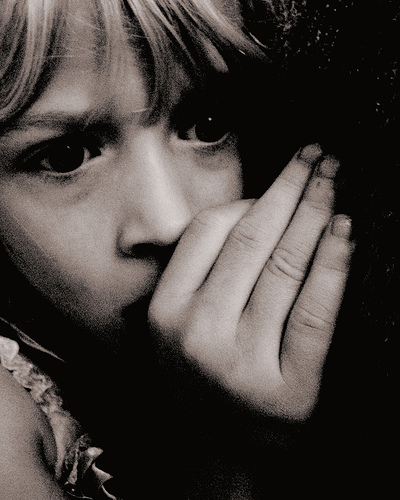Guest article.
It’s every family’s nightmare – the place you consider the safest spot to be – your home – is violated by intruders. Of course, it’s normal to feel anxious and hyper vigilant following such a catastrophic event. It’s also normal to feel unsure about how to comfort and reassure your children that it will never happen again or that they are safe – especially when you’re suddenly not feeling so safe yourself.
As devastating as it is for items to be stolen from you– especially those that are sentimental – as adults we can overcome this by reminding ourselves that these can be replaced; that damaged property can be fixed and that we need to move on. However, peace of mind – particularly for young children – is not so easily restored.
It’s common that the emotional effects of a break-in, burglary and especially home invasion, can linger for months, if not years. Children and adults are often diagnosed with PTSD – Post-Traumatic Stress Disorder – following these dramatic events. Some of the signs that your child may be experiencing PTSD include:
- Trouble sleeping
- A change in his or her eating habits
- Ongoing irrational fears about another break-in
- An increase in nightmares
- An increase in clingy behaviour
Unlike children, most adults recover from the fear, anxiety and effects of trauma in a reasonably short time, some following counselling. Children, however, require an even stronger support system consisting of parents, teachers and other concerned caregivers in order to recover. Listed below are some tips for helping your child manage the effects of a traumatic event such as a burglary, break-in or home invasion:
- Make sure you reassure them they are safe and secure. If they no longer believe you, show them how your home is safe
- Encourage them to voice their concerns, fears and feelings by acknowledging how they are feeling and keeping the lines of communication open
- Try to stick as close to your daily routine as possible within days of the event to give your child a continued sense of stability
- Avoid sharing worst-case scenarios, “Can you image what ifs?” and other potentially frightening details with other adults in the company of the children
- Encourage participation in enjoyable recreational activities with other children to distract them from always thinking about what has taken place
- Give your children a feeling of personal control over the situation by brainstorming simple strategies for protecting themselves eg for older children, learning how to activate the alarm system if they’re home alone and teaching children about 9-1-1
- Try not to establish long term habits such as sleeping with the light on or with you in order to feel safe again
Restoring a sense of safety and wellbeing is perhaps the most important aspect of helping a young person cope with trauma. In the case of a home break-in, investing in an alarm system could be helpful in a myriad of ways (assuming you don’t already have one installed). Aside from the obvious benefits of securing your home from burglary among other threats, an alarm system can also be used as a tool to help convince your child that he or she is safe.
The good news is that technological advancements have made today’s security systems more effective and more affordable. There are a number of do-it-yourself options available, but it’s always best to purchase a professionally monitored system through a reputable home security provider. Monitored systems are connected to a command center 24/7, meaning your home is always under surveillance – even when you’re asleep or away. Check out credible third-party vendors to explore which options may be best for you and your family.
In addition to installing an alarm system, taking other simple home security measures, such as adding deadbolts to all of your exterior doors, can also help your child overcome their fears and anxiety.
If none of these steps lead to improvement in your child’s condition, you may want to consult with a mental health professional – art and play therapy is particularly helpful for children – to help deal with their stress following the traumatic event.
